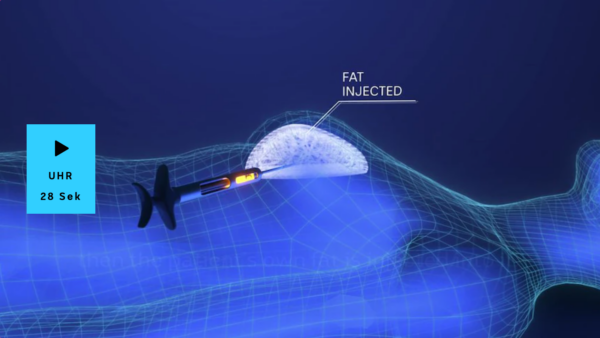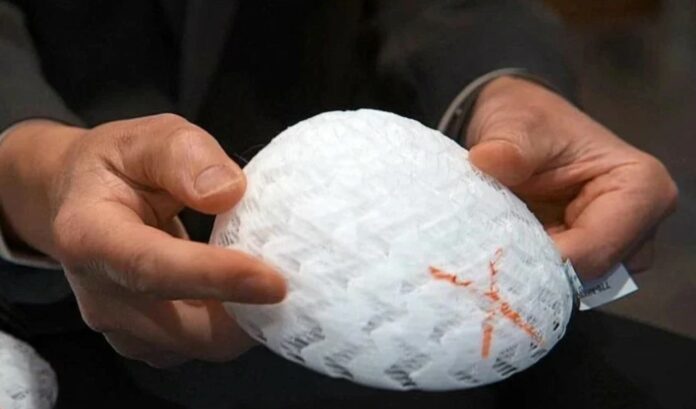From a 3D-printed scaffold to new breasts –
So far, when we talked about breast implant, we were thinking of a few alternatives that had been launched to help breast cancer survivors to get confidence in a life post-cancer. Most of them are prosthetic breasts for mastectomy patients as we saw with iMedTech’s initiative in South Africa and Boost, a 3D printed customized PINK prosthetic.
Recently in Australia, Moana Staunton, a woman who got silicone implants 11 years ago, were facing some health complications. As she got older, she started suffering from symptoms including brain fog and vertigo and believed the implants were the cause. After consultation, she found out that her implants were part of a potentially faulty batch not to mention that doctors usually recommend to remove or replace breast implants after about a decade. So, that’s what she was hoping to do: replacing her silicone implants.
After discussing her options with Owen Ung, a Brisbane-based breast and endocrine surgeon at Metro North Health, and director of the Comprehensive Breast Cancer Institute, she decided to conduct a first human trial for a new technology where her old implants would be replaced with a dissolvable breast scaffold.
To create the new implant, scientists 3D printed a scaffold that looks like an intricately woven breast implant. Surprisingly, the custom-made scaffolds are currently made in Germany because Australia does not have a medical grade 3D printing facility.
“It’s taken tissue engineering and 3D printing to develop a shape that actually mirrors and individually matches the patient’s defect”, Plastic surgeon Mark Ashton explains.
The scaffold is made from the same material used for dissolvable stitches. The scaffold was injected into the breast area and injected with Staunton’s own fat. It currently acts as a web that helps bind everything in place. Doctors explain that two years after insertion, it will completely dissolve.

As explained by our media colleagues from abc.net.au, in its place will be the patient’s own newly-formed tissue and collagen, which should prevent the fat from being reabsorbed into the body — a common problem with fat grafting.
“I think it will be a real game changer for women who are going to need treatment going forward. And then a real game changer for the surgeons that are delivering that treatment,” Professor Ung said.
Since the surgery, Ms Staunton says all her strange illnesses have gone and that she’s feeling great. If Ms Staunton remains problem-free, doctors will include more women in the phase one trial — potentially expanding it to 15 to 20 people who are otherwise healthy.
Source: abc.net.au | Remember, you can post jobopportunities in the AM Industry on 3D ADEPT Media free of charge or look for a job via our job board. Make sure to follow us on our social networks and subscribe to our weekly newsletter : Facebook, Twitter, LinkedIn & Instagram ! If you want to be featured in the next issue of our digital magazine or if you hear a story that needs to be heard, make sure to send it to contact@3dadept.com






